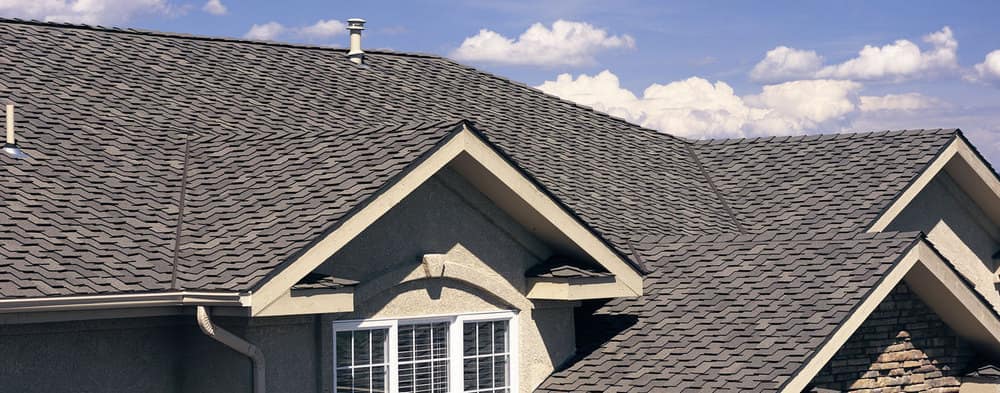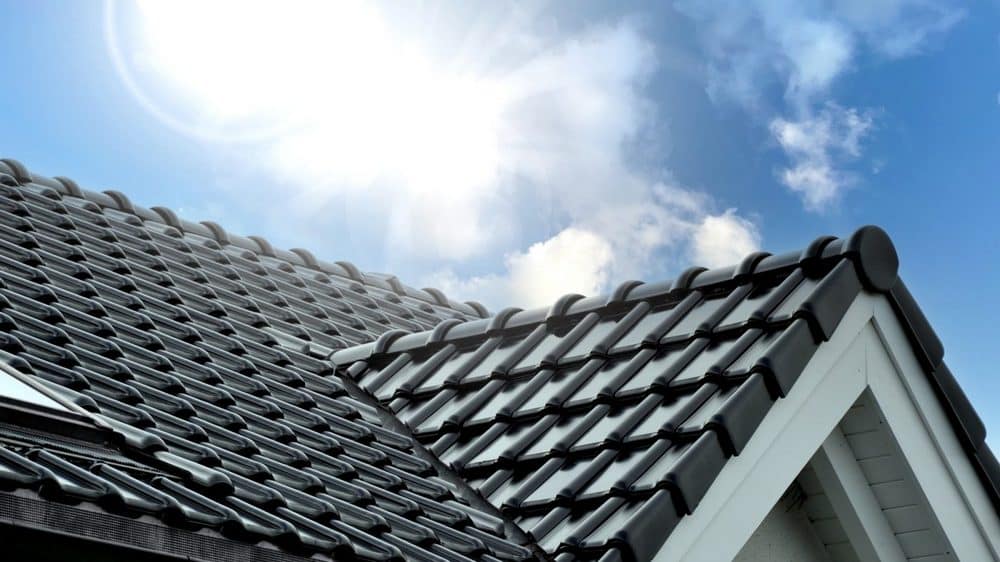
Choosing the right material for your roof is essential not only to protect your home but also to enhance its curb appeal and energy efficiency. With so many different materials available on the market, it can be challenging to know which one suits your needs. That’s where we come in.
This guide will walk you through 12 considerations that will help you make an informed decision, taking into account factors such as climate, durability, weight-bearing capacity, and more.
By understanding these essential elements, you’ll be better equipped to select a roofing material that offers long-lasting protection while complementing your home’s overall appearance.
12 Considerations When Choosing the Right Roofing Material
Your roof material can make the difference between a low-maintenance, aesthetically appealing roof and one you have to continuously replace. Here’s how to choose the right roofing material.
1. Cost Estimation
Opt for a good-quality roof estimating solution to help you calculate material requirements, recommended providers in the vicinity to contact, total costing breakdowns, and more. This can help you facilitate a seamless decision-making process that’s efficient, productive, and credible.
2. Cost Efficiency
With cost efficiency, you’re checking if the amount you’re expected to pay works within your budget. Assess the associated costs like material prices, installation fees, and maintenance expenses for the entire life-cycle of the roof and compare them to your budget constraints.
3. Climate and Weather Factors
Before choosing a material for your roof, consider the climate of your area. For example, if you live in an area prone to hurricanes or high winds, then metal or concrete tiles might be a suitable choice. Likewise, in snowy regions, slope-friendly materials like asphalt shingles may work well.
4. Durability and Longevity
Think about how long you want your roof to last. For instance, asphalt shingles normally last for 20-30 years, while metal and clay tiles can endure for up to 50 years or more. If longevity is essential to you, don’t hesitate to invest in higher-quality materials that stick around longer.
5. Weight-Bearing Capacity
Always check your home’s structural capacity before selecting a roofing material and the angle of the slant of the roof. Heavier materials such as stone-coated steel or clay tiles may require extra support compared to lightweight options like asphalt shingles or composite materials.

6. Energy Efficiency
When considering the energy efficiency of a roofing material, evaluate its insulation properties and solar reflectivity. Cool roofs can help maintain lower temperatures by reflecting sunlight away from your home, ultimately reducing cooling costs during hot periods in the summer.
7. Aesthetics and Curb Appeal
Roofing materials come in various colors and textures that contribute significantly to your home’s overall appearance. Opt for a style that complements both the architecture (i.e., Spanish Tiles) and the surrounding neighborhood without neglecting performance aspects of the roof.
8. Environmental Impact
If we consider environmental factors such as recyclability at the end of its lifespan, some materials, such as metal, stand out compared to others, like asphalt. Materials like asphalt are considered non-recyclable and occupy considerable landfill space, affecting our planet.
9. Installation Complexity
Some materials require an experienced professional roofer with specialized skills because of their complex installation processes. Make sure relevant expertise is available coincidently with the extent of required maintenance for these selected components throughout their lives.
10. Maintenance Requirements
Consider how much effort would go into maintaining different types of roofs. For example, metal roofing needs minimal upkeep. With that said, you’ll have to annually inspect wood shake roofs, which can be demanding on your time and resources. Aesthetics aren’t all that’s important.
11. Local Building Codes and Regulations
Ensure that you comply with local building codes and regulations, as certain areas may have specific rules regarding roofing materials or fire resistance. Ignoring these restrictions could result in fines or, worse, roof replacement, meaning you’ll be charged for your roof twice.
12. Warranty and Insurance Options
Strong warranties typically imply good product quality. Moreover, you must also investigate if the chosen material or its installation might adversely impact homeowners’ insurance rates. You could also check if the cost of the materials also includes free maintenance down the line.
In Conclusion…
The process of choosing the right material for your roof involves careful consideration of various factors. Now that you’ve equipped yourself with these 12 important aspects, it’s time to make an informed decision that reflects your individual needs and aesthetic preferences.
Keep in mind that you don’t have to do this yourself. Don’t hesitate to consult professionals in your area for insights tailored to your location’s specific requirements and constraints.









